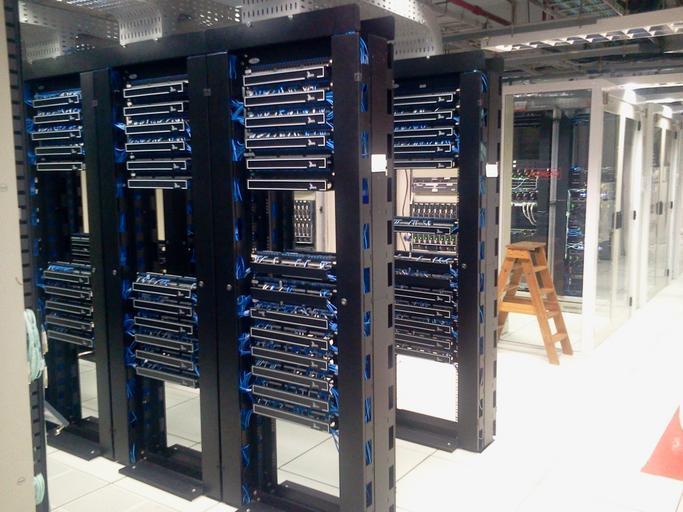A data warehouse is a large, centralized repository of data that is specifically designed to support the reporting and analysis of business data. It is a system that enables organizations to gather and manage data from multiple, disparate sources, and then make that data available for querying and analysis.
Data warehouses are typically used by organizations that have a large volume of data, and need to be able to access and analyze that data in order to make better business decisions. Data warehouses are particularly useful for organizations that need to analyze data from multiple sources, such as sales data from different departments or data from multiple systems.
 One of the key characteristics of a data warehouse is that it is optimized for read-heavy workloads. This means that it is designed to quickly and efficiently retrieve large amounts of data in response to a query, and to handle a high volume of queries simultaneously.
One of the key characteristics of a data warehouse is that it is optimized for read-heavy workloads. This means that it is designed to quickly and efficiently retrieve large amounts of data in response to a query, and to handle a high volume of queries simultaneously.
To achieve this, data warehouses typically use a denormalized data model, which sacrifices data integrity in favor of faster query performance. Additionally, data warehouses often use specialized technologies such as columnar storage, data compression, and indexing to further improve query performance.
Data warehousing is a multi-step process that involve several activities such as Data Extraction, Data Transformation, Data Loading, Data Cleansing and Data Governance, It starts with Data Extraction that is the process of reading data from source systems, then Data Transformation which is the process of converting the data into a format that is more suitable for querying and reporting and Data Loading that is the process of transferring the transformed data into the warehouse. Once the data is loaded into the warehouse, It will undergo a process of Data Cleansing, which is the process of removing errors, inconsistencies and duplicate data, this step is crucial for the integrity of the data stored in the warehouse. Finally Data Governance, that is the process of monitoring and enforcing data policies and standards across the organization, to ensure that data is accurate and reliable.
Overall, a data warehouse is a powerful tool that enables organizations to make better use of their data by providing a central repository for storing and analyzing data from multiple sources. It is a critical component of many businesses, as it allows organizations to gain valuable insights into their data and make more informed decisions.